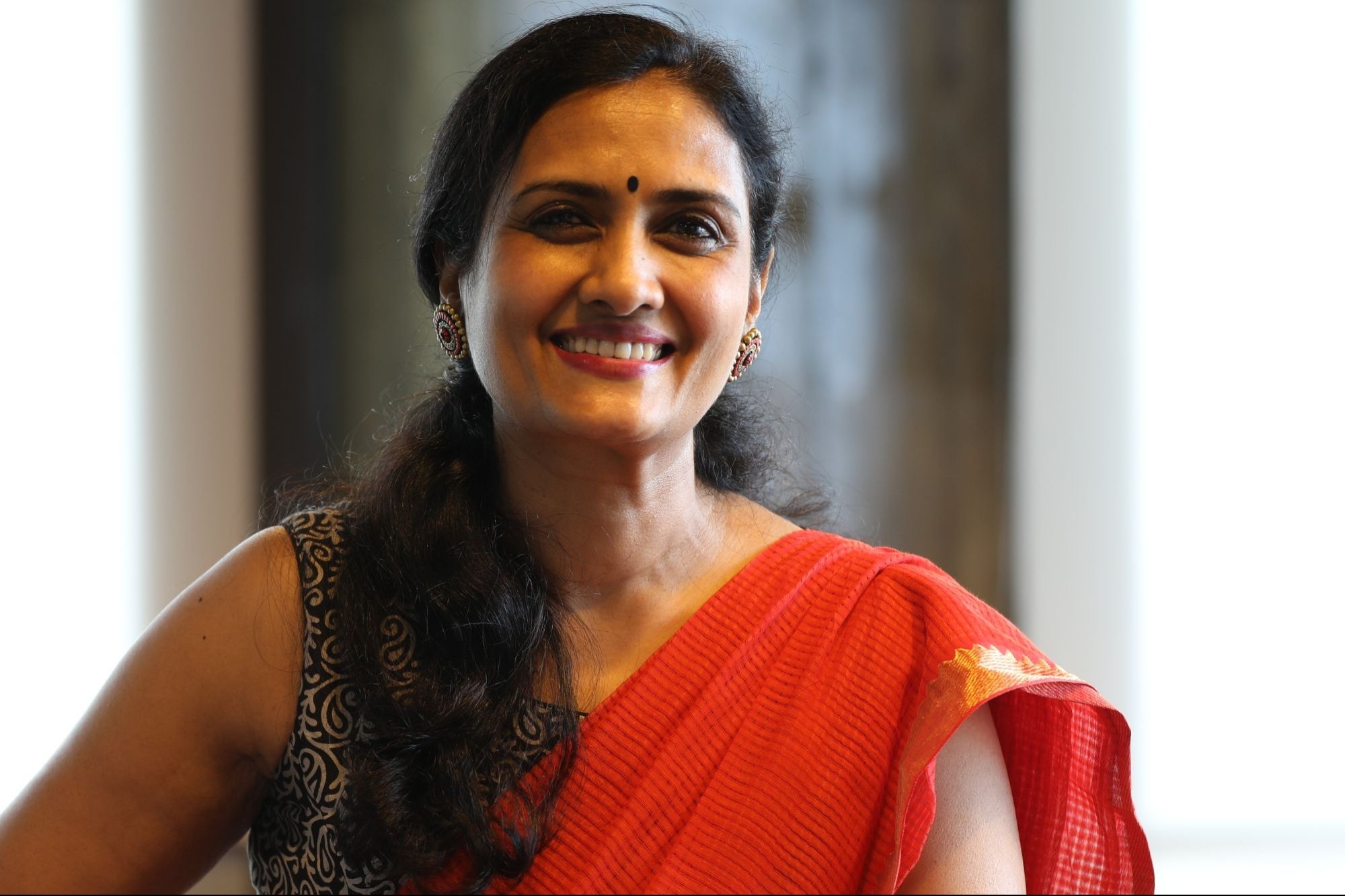How Digital Technology is Strengthening our MSME Sector When we put the credit gap of more than $230 billion that is experienced by entrepreneurs running a very small business we can clearly realize the prevalent disparity
By Rohit Lohia
Opinions expressed by Entrepreneur contributors are their own.
You're reading Entrepreneur India, an international franchise of Entrepreneur Media.

As the scorching sun continues to increase the temperature outside, Mizaaz Hamza, a grocery shop owner in Delhi's Shaheen Bagh is facing challenges of his own. It's the month of Ramzan and festivities have already lit up the entire neighbourhood.
Hamza had by now stocked all of the choicest products that his loyal customers demand every season. However, this time he is unable to meet one of their requirements, Rooh Afza, which has become an integral element of Sehri and Iftaar parties in India.
The stock of Khus and Buransh (Rhododendron) syrup – other alternatives for the drink – has already been sold out, making Hamza order more of the same till the dust around Rooh Afza settles.
However, Hamza wants to play it safe this time. The month of Ramzan has just begun and another shortage will look bad on him, as he is rarely known for product shortages.
Hamza wishes to order the stock for the entire summer season as their sale tend to persist even after the month. But there is barely any capital remaining after the recent inventory restocking. The sum of INR 4 lakh has become too big for Hamza this time.
Do we Need to do Something for the MSME Sector?
Hamza is a classical example of thousands of people who come under the MSME sector and are collectively very critical for our economy. There are around 51 million MSME units in India which generate employment for over 117 million individuals. This is about 40per cent of our active workforce. The sector, moreover, contributes around 43per cent to our national exports and 37per cent to our GDP.
This, by itself, explains the importance of the MSME sector. Now, when we put the credit gap of more than $230 billion that is experienced by entrepreneurs of the likes of Hamza, we can clearly realize the prevalent disparity.
Still, a fair share of this prevalent disparity is credited to diverse challenges, which include laborious paperwork, not having regular accounting practices, acumen and proficiency of a few people within an organization, and lower availability of data that is needed for traditional credit assessment.
So, the sector has considerably lower formal credit penetration and often has to look towards informal routes to meet their credit needs – who command over 40per cent of the lending within this space.
Diverse Needs
From capital for inventory management to working capital needs and expansion-related financing, the financial requirements of MSMEs are also quite diverse. So, the task to lend for such requirements is not as easy as it seems and entails sourcing relevant data, assessment of the proposal, zeroing in on an approved amount, pricing, cost evaluation of loan servicing, and so on.
The paperwork naturally becomes labyrinthine for formal lenders and legacy tools have become almost redundant.
Lately, however, the advent of digital technologies in India alongside several targeted reforms have pumped fresh air for the sector. Some of them include growing MSME data with GST, higher banking penetration, adoption of smartphones, and the recent announcement of Sandbox Regulatory.
This has enabled cutting-edge industry players, with Fintech startups being at the forefront, to address the challenge by leveraging revolutionary approaches.
For instance, the datasets sourced from GST API is further analysed leveraging an array of technologies such as Artificial Intelligence, which plugs in the holes that currently exist in the data. Similarly, various fintech firms in association with traditional lenders have established strong and real-time mechanism using India Stack and API-based interactions.
Other lenders are targeting remittance data originating from PoS machines and mobile wallets to understand the cash flow of an MSME loan applicant. Collectively, this is not only eliminating the credit gap within the industry, but it is also helping it do it at a lower interest rate and with Turnaround Time (TAT) as less as 1 minute, a few hours at most. And all of this, with minimal paperwork.
The need For a Data Run System
As it is apparent, lenders are driving greater personalization towards the industry and customize loan products as per the unique needs of every MSME use case. The distributed physical network will fade away for customer acquisition as a supply-chain-based network comprising national suppliers, e-commerce platforms, remittance players, and channel partners will be used by the industry.
The loan assessment logic will also improve as more data is fed into the system, enabling us to gain better visibility of short-term and long-term implications of various parameters taken individually and collectively. This will also help in fraud reduction.
In the near future, the lenders will be able to turn on mass-customization to fine tune the product as close to the customer specific needs. Customer acquisitions will increasingly shift away from the distributed physical network and start to leverage supply chain ecosystems such as e-commerce, trade groupings and smartphone adoption will further accelerate this shift.
Data processing at scale will also provide adequate inputs for analytics and the ability to tailor offerings to customers as well as help with fraud reduction.
These calibrated moves are going to strengthen the MSME sector in the near future. Perhaps, empowering millions of players like Hamza throughout the length and breadth of the country, while also driving us towards our ultramodern future.












